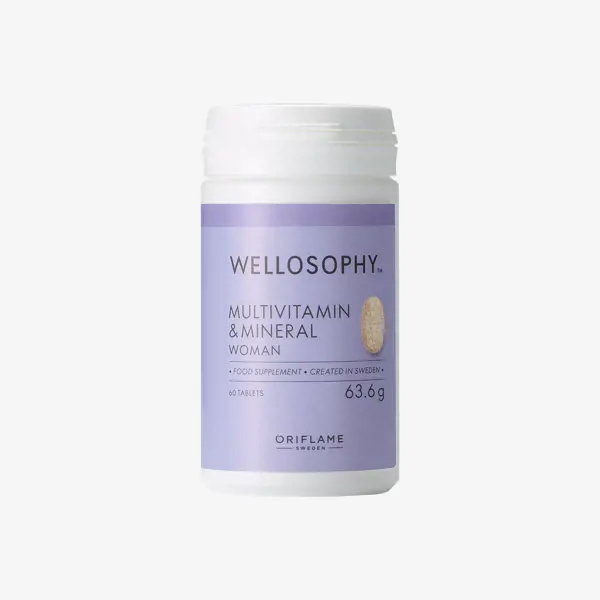Why can’t I stop eating, even when I’m not hungry?
Published: 11/06/2024 | Author: Julie Gunn
It’s high in calories, fat, sugar, and salt, low in nutrition, shamefully tempting, and so irresistibly delicious that we simply don’t want to stop eating it – even if we’re not hungry! Hyperpalatable food leaves us wanting more, which can lead to overeating and an increased risk of excessive weight gain and related health issues.

Hyperpalatable food is food that is energy-dense and delicious! Mouth-watering fusions of fat, sugar and salt in high-calorie concoctions, which smell great and taste amazing! They definitely ’hit the spot’ for instant gratification, but they don’t usually offer much in the way of nutrition or lasting satiety, which makes them fine for an occasional treat, but to be avoided as a daily choice!
What are hyperpalatable foods?
The irresistible nature of hyperpalatable food comes down to the man-made fusions of three specific flavour-inducing ingredients: fat, sugar, and salt, usually together with simple carbohydrates. Hyperpalatable foods tempt us in so many ways – how they look, how they smell, and how they taste, triggering cravings that can be hard to resist. Imagine the smell of your favourite cake baking, or a street stall selling hot dogs or candied nuts – just the memory is enough to make your mouth water!
Examples of hyperpalatable foods:
• Fat sugar: cake, doughnuts, cookies, brownies
• Salt fat: burgers, hot dogs, pizza, French fries


Why can’t we resist hyperpalatable foods?
Hyperpalatable foods drive us to eat purely for pleasure, rather than for hunger, known as hedonic eating. The brain normally tells us when we’re hungry (we need energy) and when we’re full (we have consumed enough energy). But with hyperpalatable foods, our brain focuses purely on the pleasure – making us desire the food, even if we’re not hungry, and doesn’t remind us to stop eating, even if we’re full.

Beware the dangers of hyperpalatable food
The trouble with hyperpalatable foods is that they are energy-dense, meaning they are high in calories, but low in nutrients. They are also relatively cheap, available in abundance, and so fast and convenient. Couple this with the pleasure we get when we consume them, and we have a perfect storm. When we turn to hyperpalatable foods regularly, not only are we missing out on important nutrients our body needs, like high-quality protein, dietary fibre and vitamins and minerals, but we also risk overeating and consuming more calories than our bodies need – hyperpalatable foods are linked with excess weight gain and related illness.



How to avoid the health risks of hyperpalatable food
• Base 80-90% of your diet around whole, nutrient-dense food to nourish your body. And leave 10-20% for treats that nourish your soul.
• Cook your own meals to better understand what you’re eating.
• Make it a habit to check nutrition labels, to be aware of the nutrients and calories you’re about to eat.
• Be mindful of ingredient clusters like fat and salt, fat and sugar, sugar and salt – key traits of hyperpalatable food.
• Beware of buffets! The stomach wants what the eyes see, so the greater the food diversity, the greater the risk of overeating.
• Everything in moderation!

Shop the products









































